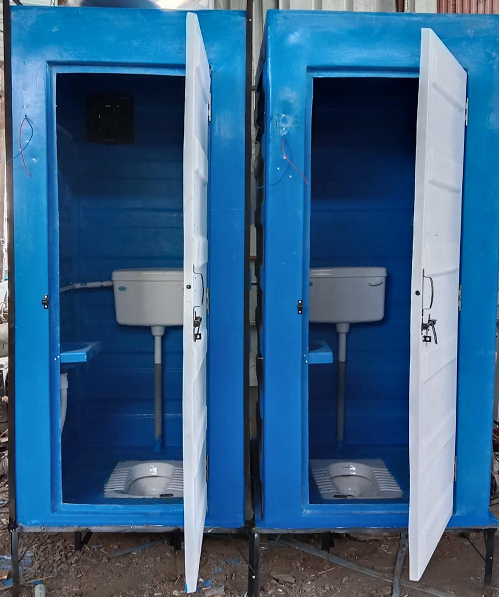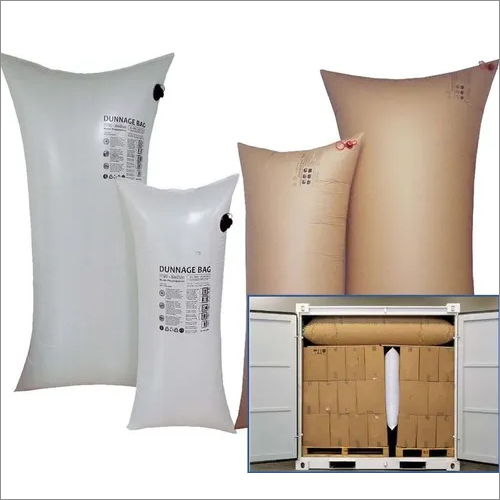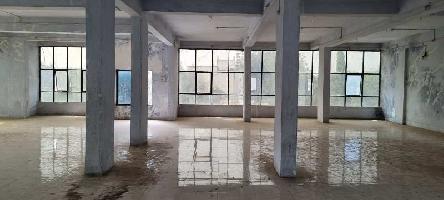GLS tanks are durable, corrosion resistant, and can store potable water, wastewater and industrial chemicals. There is a definite procedure to be followed when installing a GLS tank so that it can work as expected. Continue reading to understand the process of GLS tank supply and installation.
1. Planning and Site Preparation
Choosing the right location is important because the ground must be capable of holding the weight and size of the tank.
● Site Survey: Carry out a comprehensive survey to evaluate soil characteristics such as stability and drainability as well as the presence of any barriers. Make sure that the site meets all the existing legal requirements.
● Foundation Design: Normally a concrete footing is provided to bear the load of the tank. The foundation should be firm so that the structure of the tank under construction will not be affected in any way.
2. Selecting the Right Tank
This includes factors such as the size, capacity, and the type of material that the tank will be made of.
● Determine Capacity: Determine how much storage will be required now and how much will be required in the future. GLS tanks can be of small capacity for houses or can be very big for industrial usage.
● Material Specifications: Check that the glass lining is appropriate for the liquid that will be placed in it. They should be able to withstand corrosion and chemical reactions hence making the lining long lasting.
3. Delivery and Inspection
One needs to coordinate the delivery of the GLS tank and thoroughly inspect it too.
● Transportation: GLS tanks also need to be transported in a certain manner because they are very big and heavy. Be very gentle with the tank to ensure that the glass lining of the tank is not broken during transportation.
● Inspection: After delivering inspect it for any damage, especially the glass lining of the tank. These could be cracks or small chinks that might cause leakage in the future. Ensure there are no concerns with the supplier before the installation process begins.
4. Assembly and Installation
The next step is the construction of the various components before it is set into the intended site.
● Panel Assembly: To begin with, one ought to join the base panels to the base of the building and fasten them accordingly properly. Utilize the right material and sealants that are capable of providing as much as leak proofing the seams between panels. But, always ensure to abide by the structural setup of the manufacturer.
● Roof Installation: Following assembling the side panels, put in the roof this might be conical, dome or flat based on the style of the tank. The next step in roof inspection is the security of all roofs as well as all their installation parts and the guarantee of the sections being tightly closed.
● Internal Fittings: Proceed with internal fixings such as internal ladders, nozzles, and overflow pipes if provided for in the design. All these are good to have in maintenance and optimum running of the components.
5. Testing and Commissioning
The last process of the construction of a tank is to conduct tests and commission the tank.
● Leak Testing: Observe whether it leaks out or the pressure drops; this is referred to as a hydrostatic test.
● Final Inspection: The external and internal parts of the fittings, seals and the structural surface have to be thoroughly examined to meet the safety and functionality required.
● Commissioning: The tank is then allowed for use after passing all tests that may be conducted on it. Schedule it during the first few times of use to check for its functionality.
Conclusion
The process of the GLS tank supply and installation is very professional work that involves planning the installation carefully, assembling the product with high accuracy and testing the product methodically. By adhering to these few guidelines one is assured of getting the best storage from his/her GLS tank. Even, engaging the experts will add more strength to the tank’s supply and installation in GLS practice so that the tank will be followed by all requirements in an efficient way.






